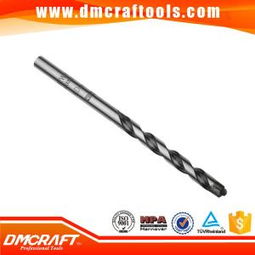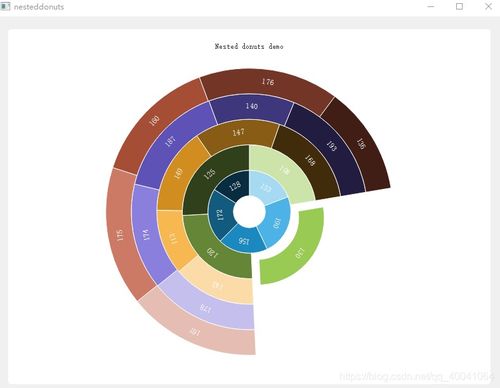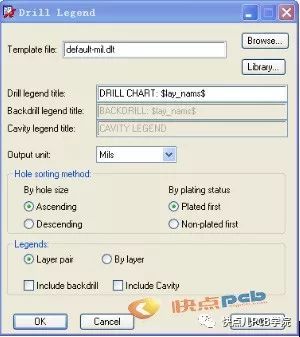
Drill Bit Chart: A Comprehensive Guide for Every Driller
When it comes to drilling, the right drill bit is crucial for efficiency and success. Whether you’re a professional driller or a DIY enthusiast, understanding the different types of drill bits and their applications can make a significant difference in your work. In this article, we’ll delve into the world of drill bits, providing you with a detailed drill bit chart and insights into their uses, materials, and features.
Types of Drill Bits

Drill bits come in various shapes and sizes, each designed for specific tasks. Here’s a breakdown of the most common types:
| Type | Description |
|---|---|
| Brad Point | Used for drilling wood, these bits have a sharp point that helps in starting the hole. |
| Spade Bit | Perfect for drilling holes in masonry and concrete, these bits have a wide, flat blade. |
| Auger Bit | Used for drilling through wood, these bits have a spiral design that helps in removing debris. |
| Forstner Bit | These bits are ideal for creating flat-bottomed holes in wood, with a sharp cutting edge. |
| Countersink Bit | Used to create a recess for screws, these bits have a conical shape. |
These are just a few examples of the many types of drill bits available. Each type is designed to handle specific materials and tasks, so it’s essential to choose the right bit for your project.
Materials and Construction

The material and construction of a drill bit can significantly impact its performance and durability. Here are some common materials and their characteristics:
| Material | Description |
|---|---|
| High-Speed Steel (HSS) | Commonly used for general-purpose drilling, HSS bits are durable and versatile. |
| Carbide-Tipped | These bits have a carbide tip that provides longer life and better cutting performance on harder materials. |
| Titanium Nitride (TiN) | Coated with TiN, these bits offer improved durability and reduced friction, resulting in faster drilling speeds. |
| Bimetalllic | Combining the strength of high-speed steel with the toughness of carbon steel, these bits are suitable for heavy-duty applications. |
When choosing a drill bit, consider the material you’ll be drilling and the level of durability you require. For instance, carbide-tipped bits are ideal for drilling through metals and other hard materials, while HSS bits are suitable for softer materials like wood and plastic.
Features to Consider

When selecting a drill bit, there are several features to consider that can enhance your drilling experience:
- Flute Design: The flute design helps in removing debris from the hole, ensuring smooth drilling. A larger flute size can improve chip removal but may reduce the bit’s durability.
- Shank Type: The shank is the part of the bit that fits into the drill chuck. Common types include straight shank, hex shank, and SDS-plus. Choose a shank type that is compatible with your drill.
- Coating: Some drill bits are coated with materials like TiN or Tungsten Carbide to reduce friction and improve durability.
- Point Type: The point of the bit determines how easily it starts a hole. A sharp point is ideal for soft materials, while a more rounded point is better for harder materials.
By considering these features, you can select the best drill bit for your specific needs and achieve optimal performance.




